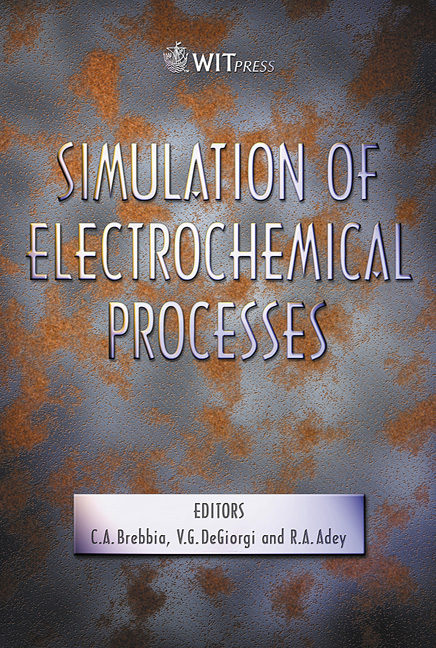Durable Building Technology Benefiting Electrochemical Methods As A Preventive
Price
Free (open access)
Transaction
Volume
48
Pages
11
Published
2005
Size
2,124 kb
Paper DOI
10.2495/ECOR050091
Copyright
WIT Press
Author(s)
D. A. Koleva, J. Hu & A. L. A. Fraaij
Abstract
Two series of Portland cement mortar prisms were cast with variations in experimental set-up and chloride concentration. All samples were subject to resistance monitoring, ion concentrations measurements and pore structure analysis. The research reveals minor influences on mortar resistivity of changes in chemical composition associated with ion diffusion and migration for the investigated cases. The electrical resistivity was demonstrated to be mainly dependent on the microstructural changes induced by hydration and chemical binding mechanisms. Keywords: electrical resistivity, chloride concentrations, pore structure, concrete corrosivity. 1 Introduction This contribution presents part of the research outcomes of a comprehensive study on corrosion prevention and protection by electrochemical methods (conventional and pulsed cathodic protection). The efficiency of these electrochemical protection techniques (based on applied electrical current) depend on, among other things, electrical resistivity of the electrochemical system of concrete-steel-pore solution. Thus concrete resistivity and conductivity are related to the corrosion process on one hand and the proper execution of electrochemical protection techniques on the other. A target of this preliminary study is to investigate the influence of ion movement (resulting from concentration gradient) on the resistivity of cement-based porous systems in rest conditions. This study additionally pursues to explore the morphological changes of material microstructure, particularly of pore structure, induced by the ion movement, ion binding and resistivity.
Keywords
electrical resistivity, chloride concentrations, pore structure, concrete corrosivity.





